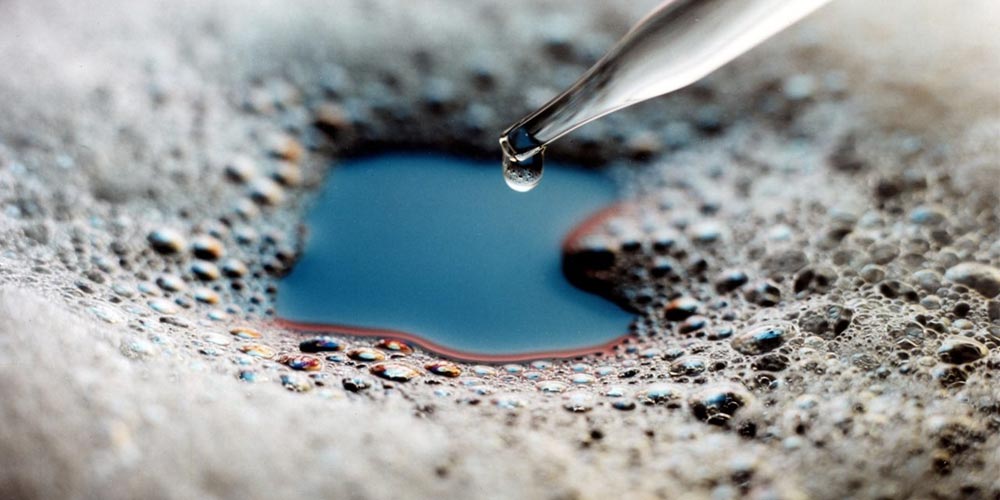Antifoam agents, also known as defoamers, are essential in many industrial processes to prevent the formation of foam. To effectively use antifoam, it’s often necessary to dilute it properly. This guide will walk you through the steps to dilute antifoam correctly, ensuring optimal performance in your application.
Understanding Antifoam Agents
Antifoams are typically made from silicone compounds, oils, or other hydrophobic substances. They work by reducing the surface tension of the liquid, which helps to break down and prevent foam formation. Proper dilution is crucial as it ensures the antifoam is evenly distributed within the system, maximizing its efficacy.
Steps to Dilute Antifoam
1. Identify the Appropriate Diluent:
- The choice of diluent depends on the type of antifoam you are using. Common diluents include water, oils, or specific solvents recommended by the antifoam manufacturer. Always refer to the product’s datasheet or manufacturer’s guidelines for the best results.
2. Determine the Dilution Ratio:
- The dilution ratio will vary based on the concentration of the antifoam and the requirements of your application. A typical dilution ratio might range from 1:10 to 1:100. For example, if you are using a concentrated silicone antifoam, you might dilute it at a ratio of 1 part antifoam to 10 parts water.
This is just an approximate value.The specific dilution ratio should be prepared according to the instructions for use of the defoamer. If you have any questions, please contact your Antifoam supplier.
3. Mixing Equipment:
- Use appropriate mixing equipment to ensure a homogeneous mixture. This could be as simple as a stirring rod for small batches or a mechanical mixer for larger volumes. The key is to mix thoroughly to prevent any undiluted pockets of antifoam.
4. Dilution Process:
- Step 1: Measure the desired amount of antifoam. Precision is crucial, so use a measuring cup or scale.
- Step 2: Pour the antifoam into the mixing container.
- Step 3: Gradually add the diluent to the container while continuously stirring the mixture. Adding the diluent slowly helps in achieving a consistent mix.
- Step 4: Continue stirring until the solution appears uniform. This may take a few minutes depending on the volume and viscosity of the antifoam.
5. Storage of Diluted Defoaming Agents:
- Once diluted, store the antifoam in a clean, airtight container. Proper storage conditions, such as keeping it at room temperature and away from direct sunlight, help maintain its effectiveness. Label the container with the dilution ratio and date for future reference.
6. Testing and Adjustment:
- Before using the diluted antifoam in your full-scale process, test it in a small sample of the system to ensure it performs as expected. Adjust the dilution ratio if necessary based on the results.
Common Applications and Considerations
Antifoams are used in various industries including food processing, pharmaceuticals, wastewater treatment, and chemical manufacturing. Each application might have specific requirements regarding the concentration and type of antifoam used. It’s essential to tailor the dilution process to the specific needs of your operation.
Diluting antifoam properly is a straightforward yet critical process to ensure its optimal performance. By following the steps outlined above—selecting the appropriate diluent, determining the right dilution ratio, mixing thoroughly, and storing correctly—you can maximize the efficiency of your antifoam agent. Always consult the manufacturer’s guidelines and conduct small-scale tests before full application to avoid any potential issues.
Post time: Jun-07-2024

